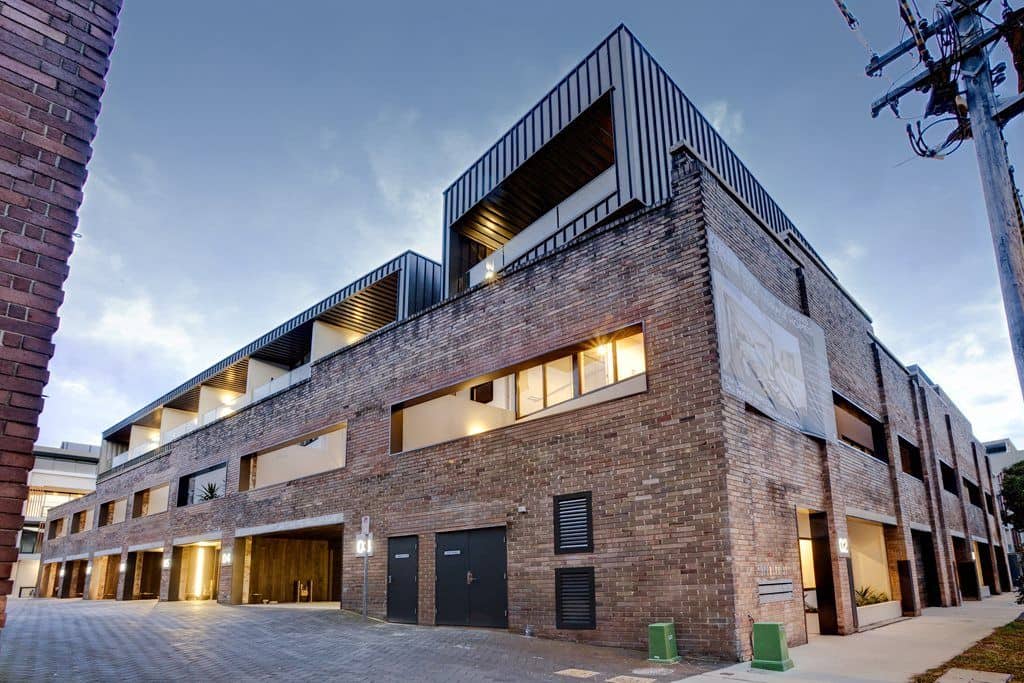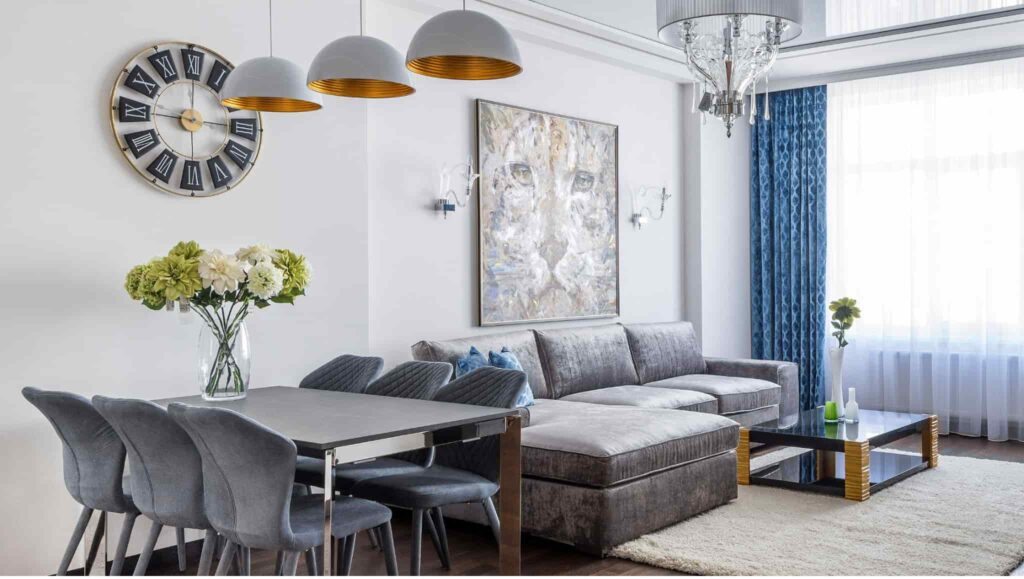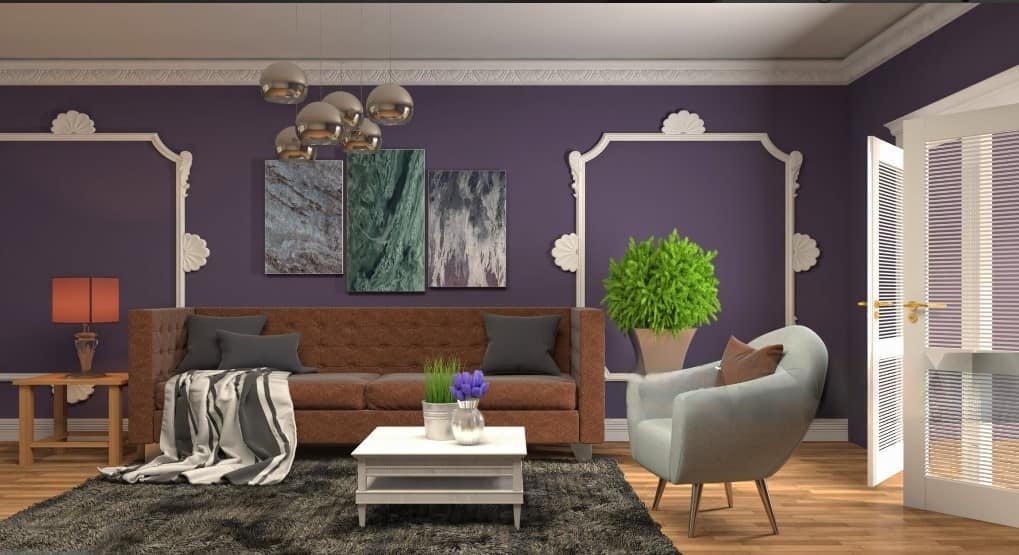When it comes to office space, it’s not just about looks—it’s about making sure your space is safe, efficient, and adaptable to your team’s needs. So, if you’re looking to revamp your current office or set up a new one, incorporating protective design solutions is key.
Here are 3 helpful tips.
Raised Access Flooring
You want to improve safety, efficiency, and adaptability in your office space and raised access flooring is a great way to do that.
Really, it helps organize cables and wires neatly, reducing trip hazards, and makes maintenance a breeze. Plus, it boosts air circulation, which means better air quality and a healthier work environment.
For example, when done right, the space between the original floor and the new raised floor is perfect for running electrical wiring, data cables, and HVAC ductwork.
Anti-Microbial Materials
Health crises like the COVID-19 pandemic have shown us how important it is to keep our workplaces clean. Anti-microbial materials inhibit the growth of bacteria, fungi, and viruses, which means a cleaner and healthier office. In fact, this really helps reduce the spread of illnesses so that there are fewer sick days and higher productivity.
Integrating anti-microbial materials into your office is easier than you might think. During the manufacturing process, these materials are treated with agents that inhibit microbial growth. For example:
- Desks, countertops, and other high-touch surfaces can be coated with anti-microbial laminates or paints.
- Upholstery for chairs, partitions, and carpets can be made from anti-microbial textiles that resist the growth of microorganisms.
- Door handles, light switches, and other frequently touched fixtures can be made from anti-microbial metals like copper or coated with anti-microbial finishes.
Modular and Flexible Layouts
You really need a flexible workspace that can adapt to changing business needs, team structures, and health guidelines. Modular and flexible layouts make it easy to reconfigure your office quickly and efficiently so that you can accommodate social distancing measures, create collaborative workspaces, or even set up private areas as needed.
Here’s how you can implement a modular and flexible layout in your office:
- Use desks, tables, and seating that can be easily moved and reconfigured. Look for pieces with wheels or lightweight designs for quick changes.
- Portable dividers can create temporary rooms or separate spaces. You can choose soundproof ones for privacy or transparent ones to maintain an open feel.
- Design areas that can serve multiple purposes, like a lounge that converts into a meeting room or a conference room that doubles as a collaborative workspace.
- Set up workstations that can expand or contract based on the number of users. Benching systems are great for this because they allow for easy addition or removal of desks.
Remember, investing in these design strategies means investing in the well-being and productivity of your team. So try out these tips.

Digicsol System is a contributing author for OneHouseDecor.com, offering expert insights into how technology can elevate modern homes. From smart home solutions to innovative design ideas, Digicsol System combines a passion for digital advancements with practical tips for creating functional and tech-savvy living spaces. Their goal is to inspire homeowners to seamlessly blend technology with style for a smarter, more comfortable home.



